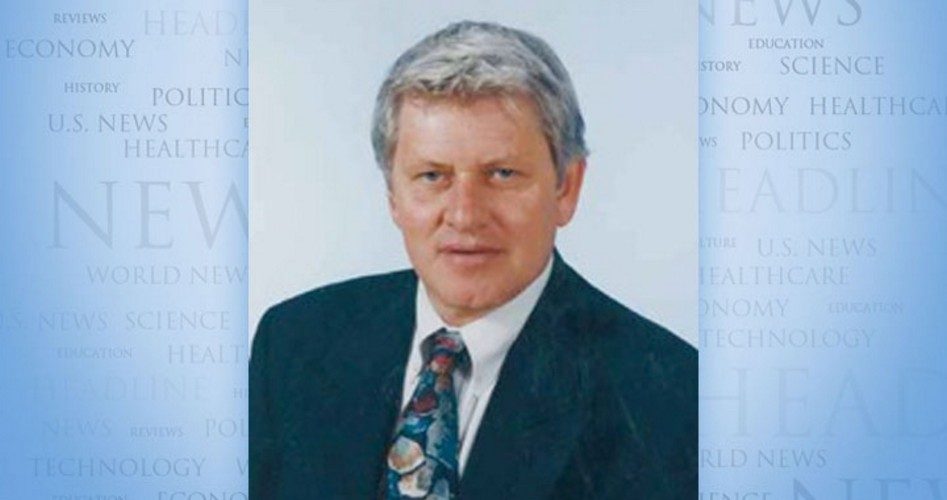
Inserting a bit of progressive politics into the holidays, the New Yorker magazine ended 2014 with an issue that included “Climate-Change Christmas Carols.”
Here’s an example (more depressing, I thought, than inspired, pointing toward mass starvation): “Oh, the weather outside is frightful, the heat wave brutal and spiteful. Our crops have no water to grow — let it snow, let it snow, let it snow.”
Another, even more gloomy, sounds more like North Korea than the United States in terms of resource scarcity: “Frosty the snowman, may he rest in peace, poor soul. With his melted nose and his melted mouth, and two eyes made out of coal. Frosty the snowman, did you say his eyes were coal? Can you pass that coal? We could use some coal. Let us rob his grave for coal.”
Jesus gets a small mention in this next one, a plea for precipitation to help with the calamity of rising and falling temperatures and deficiencies in rainfall: “Looks like the heat wave ain’t stoppin’, our dust-storm coughs are a-whoppin’. All fish went extinct long ago — for the love of sweet Christ, let it snow.”
That all seems to be getting close to the sound of the chants at Native American rain dances.
“In a weekly rain dance at Mission San Juan Bautista, Native Americans encourage everyone to join in a ceremony to break open the heavens and bring forth water,” reported the Los Angeles Times in March. “In the last month,” with the California drought officially in its third year, “tribes from San Diego to Santa Barbara have held community rain dances.”
The Times spotlighted the role of 79-year-old Laynee Reyna, also known as She Makes Things Happen, a name given to her decades ago by a shaman, an intermediary between the natural and spiritual world, one who communes with the spirits for assistance in hunting, healing and weather management.
At a rain dance organized by Reyna, with drums beating, an assortment of Indians, hippies, other alternative types danced clockwise in a circle.
Clockwise dancing attracts low-pressure systems, explained silver-haired Reyna. The Times pointed to the confidence of the group, regarding their belief in a correlation between the direction of their dancing and the level of rainfall: “The circle danced clockwise. And then counter-clockwise to make sure there wasn’t too much rain and landslides.”
As others danced, Reyna, burning sage in an abalone shell, prayed: “We know it is our disrespect for Mother Earth that brings this drought. We humble ourselves. We call out for rain.”
Reyna’s dances are likely to generate even more dancing, given the early results, as reported by the Times: “Their group rehearsed. It rained. It was June, past the rainy season. They rehearsed three times. It drizzled three times.”
I’m no lyricist, but after reading the carols in the New Yorker (“Oh, Christmas tree, oh, Christmas tree! Thy plastic branches don’t shed. Oh, Christmas tree, oh, Christmas tree! I wish real trees weren’t all dead”), I thought I could do better.
Here’s my initial try: “Oh, you better watch out, Santa Claus is comin’ to town and he’s making a list and checking it twice. He’s gonna find out who’s been driving the naughty Escalade gas hogs or the nice ForTwo Smart coupes.”
According to the U.S. Department of Energy (www. fueleconomy.gov) the owner of a 2014 Escalade ESV AWD will “spend $5,750 more in fuel costs over 5 years compared to the average new vehicle,” while the owner of a 2014 Smart ForTwo coupe will “save $1,750 in fuel costs over 5 years compared to the average new vehicle” (based on 15,000 annual miles, 45 percent city and 55 percent highway driving), a difference of $7,500 — not counting the initial sticker price difference of $55,000 to $71,000.
Ralph R. Reiland is an associate professor of economics and the B. Kenneth Simon professor of free enterprise at Robert Morris University in Pittsburgh.

